
History of the Aegis Program at Dahlgren
February 9, 2018
By Tom Clare
Special Guest Writer
In the Beginning …
How did the Aegis Program come to be at Dahlgren? Well, it was a convergence of two sets of circumstances: one by the Aegis Program Office, the other by the leadership of the then Naval Surface Weapons Center (NSWC), comprised of White Oak and Dahlgren. The timeframe was 1974–1976.
|
 Rear Adm. Wayne E. Meyer Rear Adm. Wayne E. Meyer
|
On the one hand, the Aegis Program Manager, RADM Wayne E. Meyer had the foresight and vision to realize the Aegis Weapon System, and later the Aegis Combat System would be the centerpiece of the Navy’s surface fleet for the next 50+ years. He also realized that, beyond the program office—which while technically competent was focused on programmatics—the government did not have the necessary organic technical competence that could be sustained over that period of time. He commissioned a study chaired by retired RADM Roger Spreen, which took on the moniker of “The Spreen Report”. Its principal recommendation was that Aegis needed long-term sustainable organic government technical competence. NSWC Dahlgren was identified as the organization best suited to take on this responsibility. Recommendations also included locating two major Aegis facilities at Dahlgren: one a computer center, the other a systems center, akin to the Combat System Engineering Development Site at Moorestown, NJ, but focused on modernization and support.
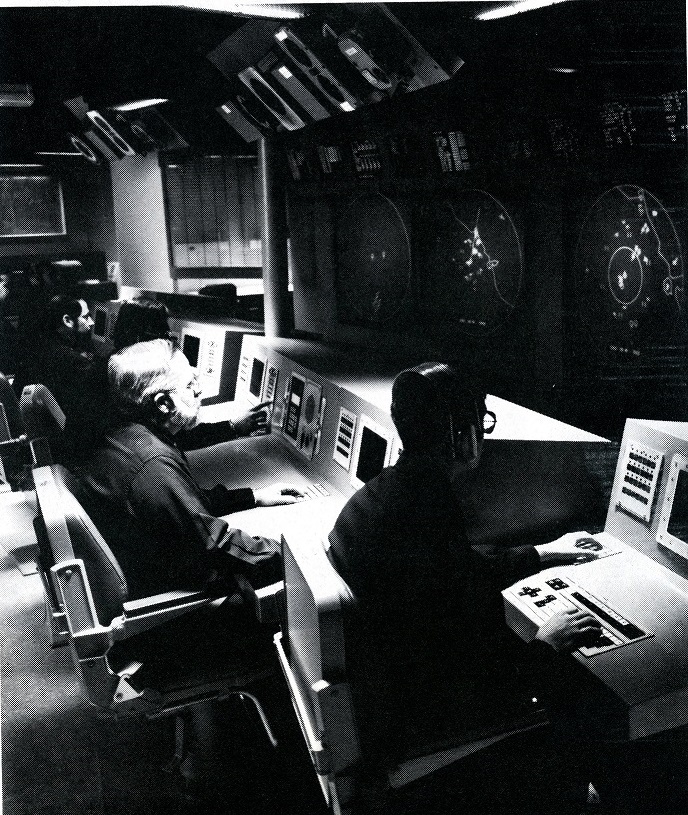
At RCA Moorestown,
personnel man the mockup
of the Aegis Display Group,
1980. |

The Admiral Harold R. Stark
Laboratory was dedicated in
1978 and headquartered
the Combat Systems Department |
It should be noted that RADM Meyer, in his earlier career as a program manager, did not have the best of experiences (to put it mildly) with other “Navy labs.” His experiences with the labs were that they were very self-centered organizations and not supportive and loyal to the program. His famous quote at the time was “ … they just wanted me to send them money; and then they would tell me what they were going to do to support the program….” It was clear he felt the dialogue should be the other way around. More on this later.
At the same time, NSWC leadership had the vision to transform the center from a components (or “elements” in the Aegis vocabulary) focused organization into a systems-focused organization. The buzzword of the day was “combat systems integration.” NSWC had just recently been formed from the Naval Weapons Laboratory at Dahlgren, VA, and the Naval Ordnance Laboratory at White Oak, MD. A key part of the new organization was the newly formed Combat Systems Integration (N) Department. (I always thought the letter “N” was because it was the “new” department.)
The Commander and Technical Director, CAPT C.J. Rorie, and Dr. Jim Colvard respectively, were true visionaries and realized the Aegis Program would be the springboard and catalyst to transform the new NSWC to an organization that would be responsive to the evolving system integration (later, system engineering) needs of the surface Navy.
The Early Days …
|
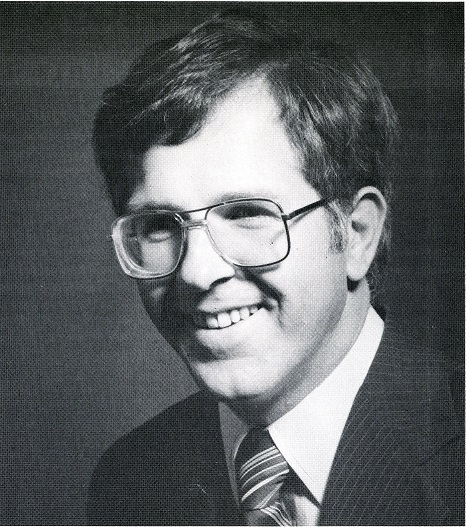
Tom Clare
|
I became involved with the Aegis Program upon returning to Dahlgren from a two-year NSAP (Navy Science Assistance Program) assignment as Science Advisor to Commander, Navy Surface Forces Atlantic in Norfolk, VA. Ralph Niemann, one of my early career mentors, was the head of the then K Department where I was a former aeroballistics research engineer, branch head, and acting division head. He was the one who encouraged me to take the NSAP position to broaden my background. I did not really want to go, but one did not say no to Ralph Niemann. Well, when I returned and was anxiously looking forward to returning to my career in aeroballistics (in which I was very comfortable),
Ralph called me into his office and again encouraged me to leave K Department (I was beginning to get a complex!!) and apply for the newly advertised position of Head of the Aegis Division in N Department.
I knew nothing of the Aegis Program at the time, and was very fearful of applying and getting selected. Mr. Niemann assured me I could handle it, especially given the recent two-year stint in the Fleet doing everything except aeroballistics. I was advised by friends of mine not to apply because it was a high-risk venture, and I would be working for this Aegis Program Manager, RADM Meyer, who had quite a reputation of chewing people up and spitting them out!
That motivated me to demonstrate I could accomplish something difficult and do something NSWC considered key to its future. I applied and was selected. At the time there were a small handful of people at Dahlgren who had been assigned to the Aegis Program and to the new Aegis Division; they were keeping things together in this fledgling operation on a shoestring. They are real heroes, because it was their work that laid the cornerstones for us to proceed: Larry Kuty, Dave McConnell, Jim Francis, Howard Chapman, and Peggy Campbell. I may have missed someone, and to them I apologize.
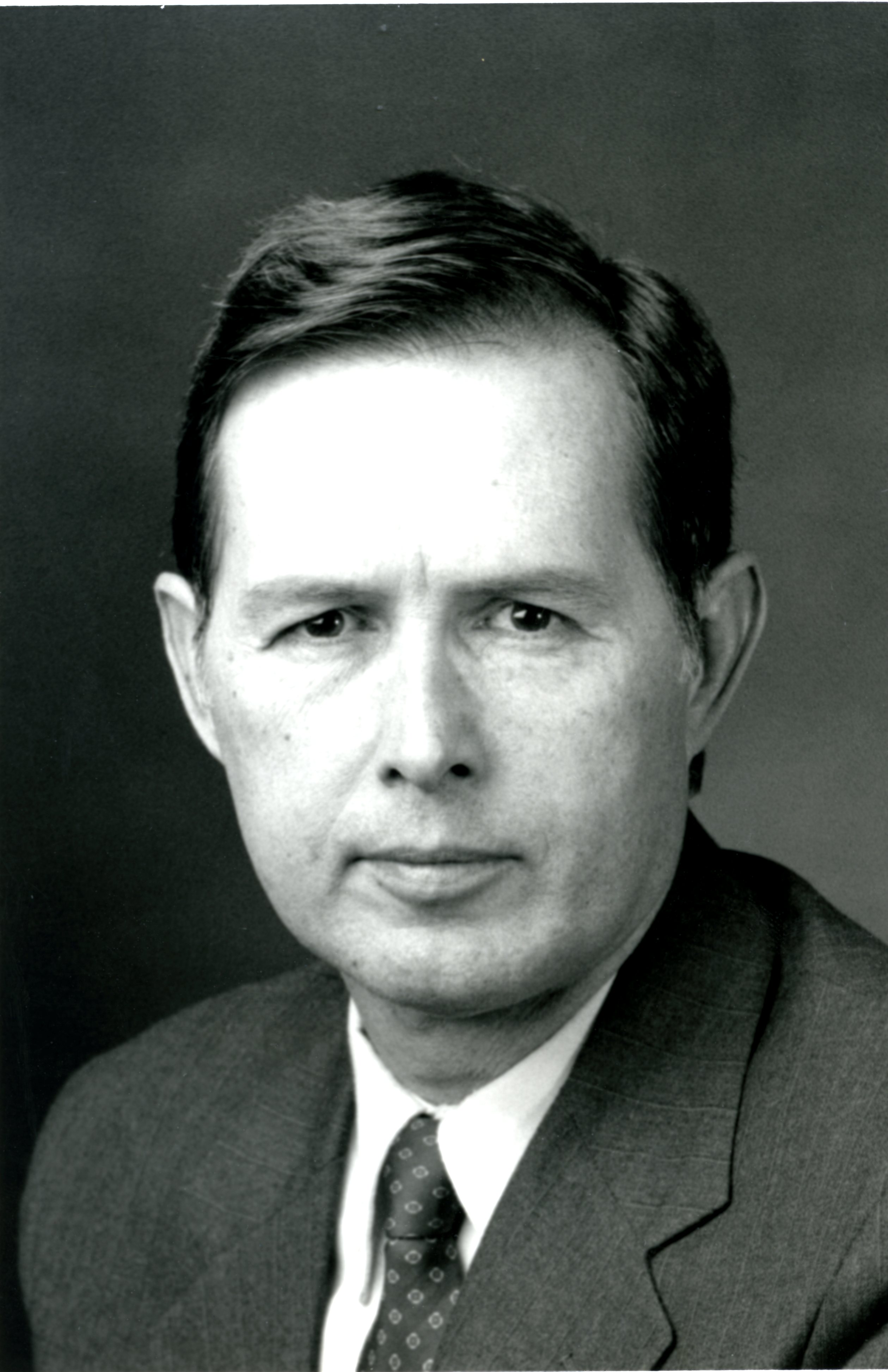
McConnell, 1987 |
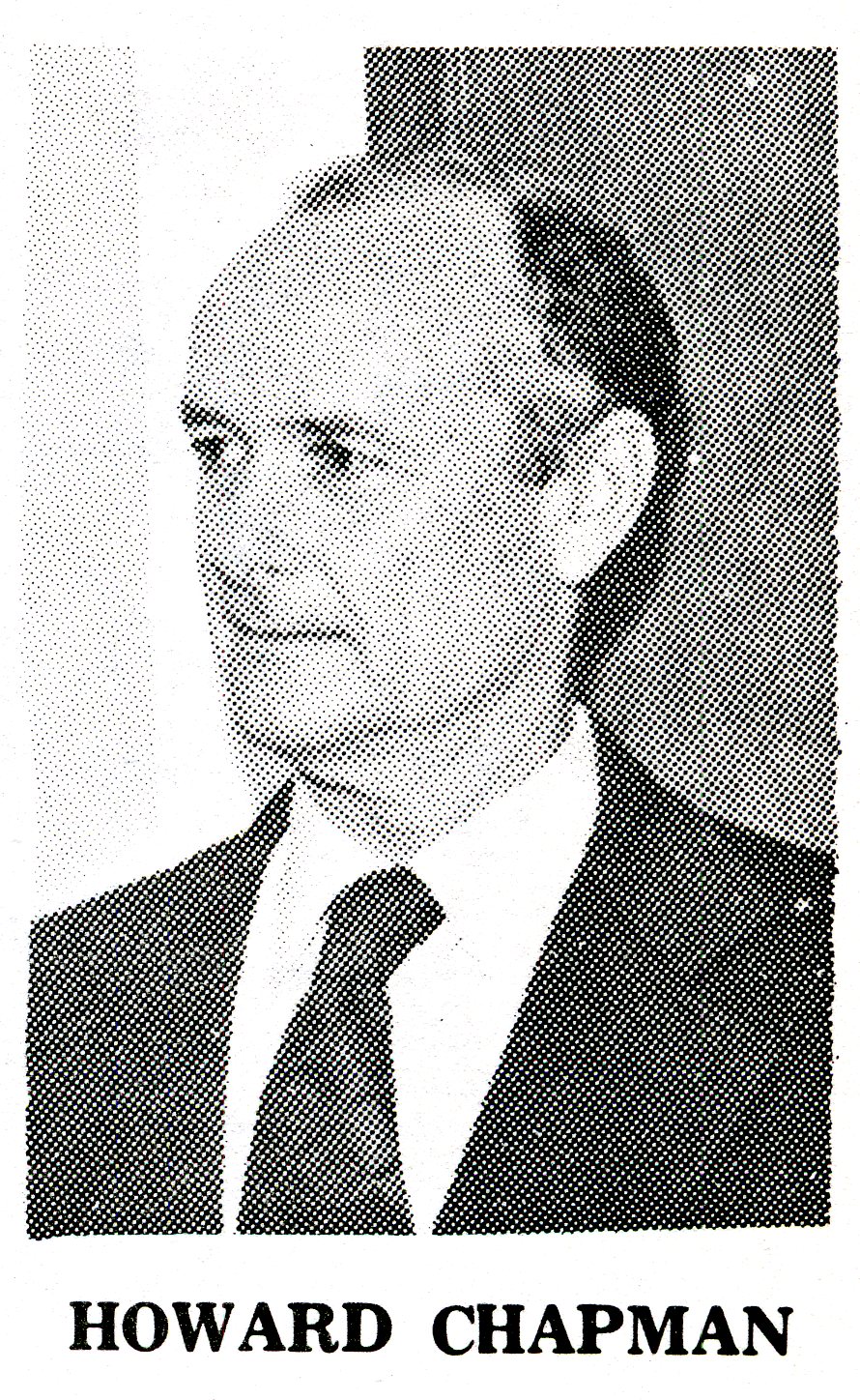
Chapman, 1977 |
Given the limited experience we had at Dahlgren in Aegis, combined with the program manager’s wariness of Navy labs, our early strategy guiding just about everything we did was to demonstrate support and loyalty to the program; and to demonstrate our belonging through our technical and managerial competence. We would build on the extensive digital control systems (both in surface warfare as well as strategic warfare systems) and radar knowledge base we had; as well as our knowledge in electronics, gunnery, warheads, electronic warfare, data and configuration management, system safety, electromagnetic environmental effects, etc.
One of my primary, if not the primary, objectives was to demonstrate to RADM Meyer and his senior staff NSWC’s commitment, loyalty, and support to the Aegis Program. This was extremely important given RADM Meyer’s prior experience with the Navy labs. Accomplishing this objective was difficult given his dynamic personality and high-energy activities.
The Aegis Program leadership put NSWC, and me in particular, to the test very early. I had been selected to head the Aegis Division and Program on a Thursday; the following Sunday night around 11:30 I received a phone call at home from a CDR J.J. Kulesz from the Aegis Program Office. When I awoke and answered the phone, I heard some commotion or laughing in the background when CRD Kulesz explained the purpose of the call. I was told there was an Aegis Executive review the next morning at RCA’s facility in Moorestown, NJ; and, since NSWC was now a player, RADM Meyer expected me to be there by. He explained they had just found out I was the new Program Head, and that was why they were calling so late. I had not met anyone in the Aegis Program Office after only a day or two in the job, nor had I ever been to Moorestown, NJ. Nevertheless, I went back to bed and got up around 2:00 AM, packed and drove to Moorestown for the start of the 9:00 meeting.
Apparently, as I found out a year or so later when I was part of RADM Meyer’s inner circle and a trusted agent, this impressed everyone in the Program Office. Many of them were having cocktails that Sunday evening when CDR Kulesz called, and decided to put me to the test. I think they were shocked I was there for the meeting. It may seem like a small thing, but it was a very important first step toward getting the leadership to believe in our support to the program.
I never was really sure then why RADM Meyer allowed me, as inexperienced (compared to the others) as I was, to be so much a part of his senior management inner circle. Was it because I was sooooo young (32 years old!) and I needed to learn, or because I had some skills he valued? I found out years later it was some of each! RADM Meyer was one of the mentors in my career, and I would have never been Technical Director of NSWC without his leadership and guidance over the years.
Being on the inside had its drawbacks too. Since I was the new guy, guess who got the bill for more than his share of the dinners we had before the big reviews at Moorestown; General Dynamics Pomona, CA; Ingalls Shipbuilding Pascagoula, MS; etc.? Needless to say it was expensive, but worth it. The plans and strategies laid out in these dinners, and the cocktails afterward, were fascinating to be a part of and really helped me lead the NSWC Aegis Program. By the way, I did not have to pay for the cocktails; RADM Meyer usually did that or brought the supplies.
Our Early Strategies …
As I stated earlier, our overarching strategy at the very beginning was to demonstrate our commitment and support to the program. We and everyone else acknowledged that, while NSWC had lots of competent people in many different areas, we did not know much about the Aegis Program and the Aegis Weapon System (soon to expand to the Aegis Combat System). So we had to find ways to learn.
We brought in experienced people from various parts of NSWC: some transferred to the new Aegis Division, others stayed in their home departments and we tasked them in a programmatic fashion. Some names I recall are Jim Lindsey, Jim Reagan, and Don Robinson in control system computer programs; Bob Moran in radar; Bud Wiseman in configuration and data management, and many others.
|
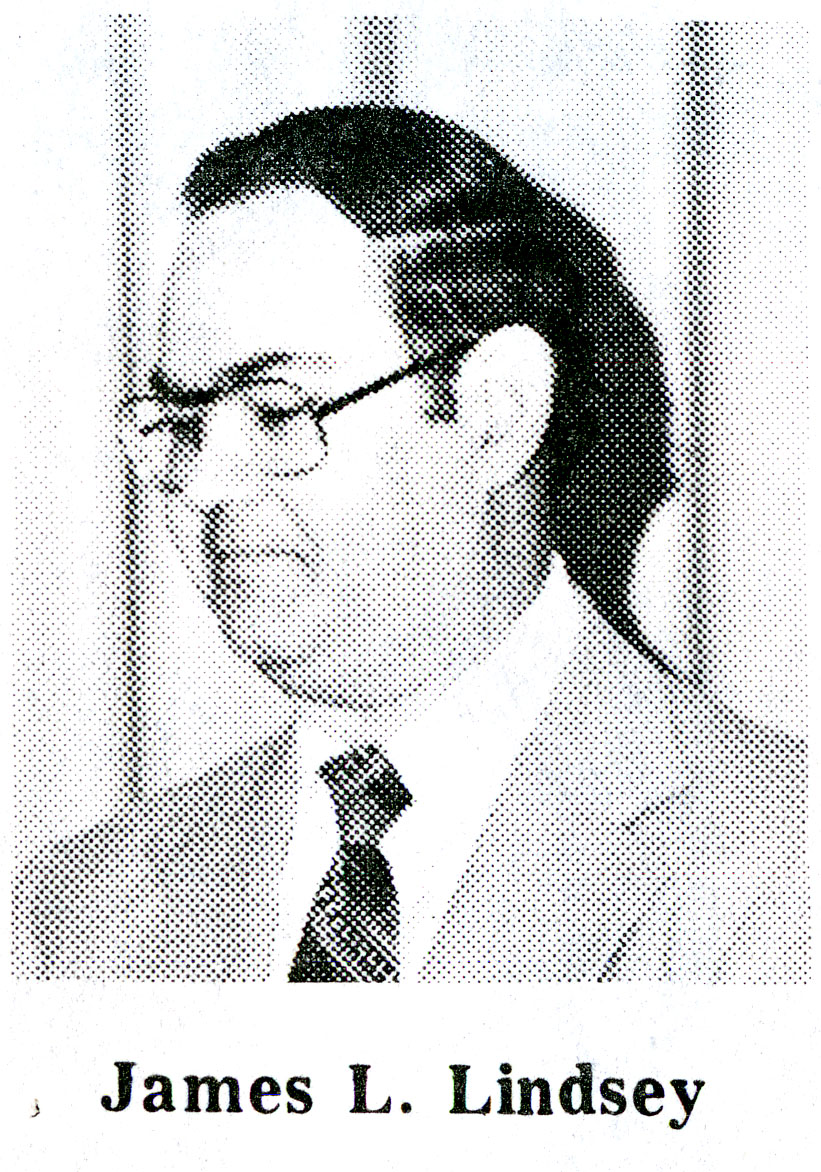
Lindsey, 1978
|

Reagan, 1999
|
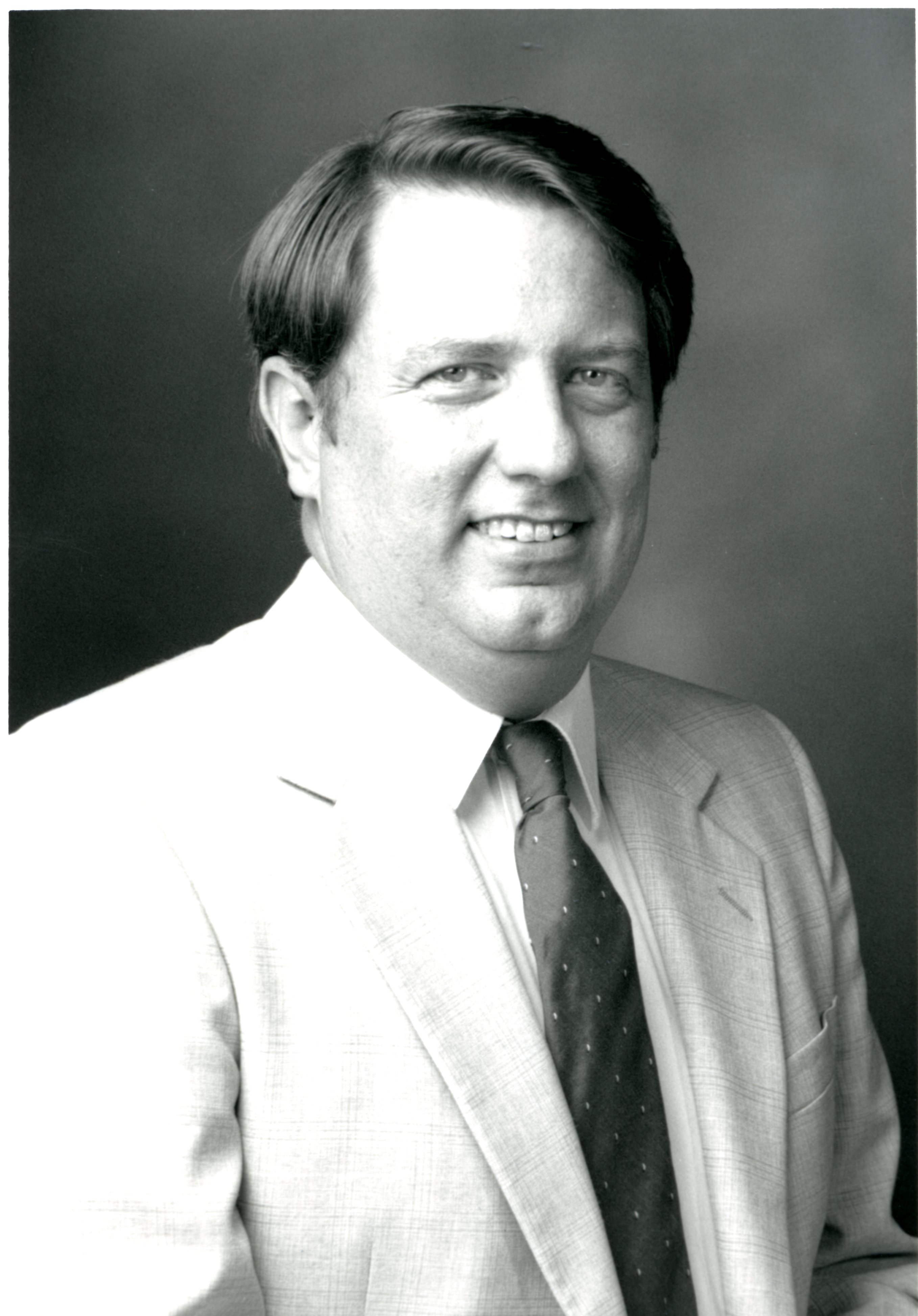
Wiseman, 1986
|
Another person we brought in was Neal Cain. Because I was gone so much, I got approval to have a Deputy Division Head, a position unheard of at that time. Neal was selected for that job. He effectively and successfully ran the program at NSWC in the early years. He deserves as much credit as I got for building the foundation for a long-term, successful NSWC Aegis Program.
 |
1980, Neal Cain,
at left, shows a model of the
proposed
Aegis Life Support Engineering Facility
to
Kenneth McCollum, the division
Aegis
Program Control Manager. |
My secretary, Donna McClanahan, was also a pillar of strength in the early days. She kept me (and others) straight and in line. I know I was a load to handle back then. Not very patient! The newness of the job, the pressures to be successful for NSWC’s vision, the never-ending dynamics of the Aegis Program Office—so many things stressed me out a lot, and I was not the easiest person to work for then. Donna, as my secretary, felt a lot of the impact of that. She was phenomenal and unshakeable. She and Neal Cain were the bedrock of program operations at Dahlgren.
We also hired people directly out of college. Some early names I recall are Trish Hamburger and Johnny Burrow, both of whom went on to very successful Navy careers, becoming members of the Senior Executive Service. Bringing in new hires was somewhat risky because their supervisors were learning the Aegis world at the same time as they were. We were a little worried about this, but the great senior people we brought in were super in handling this delicate issue.
How did we learn? We sent people into the various parts of the Aegis Program: the Program Office, the prime contractor’s plant in Moorestown. Key people who were NSWC’s face to the Aegis world were Gene Lutman, who was assigned to the Program Office in DC, and Jim Francis, who was assigned to RCA, Moorestown. I recall Bob Gray, our face in the programmatics arena. I think he and Jim Francis had just completed a series of program management courses at the Defense Systems Management College. Program Management was not one of my strong points, so their insights and actions were vital as we plotted out our early plans and budgets.
|
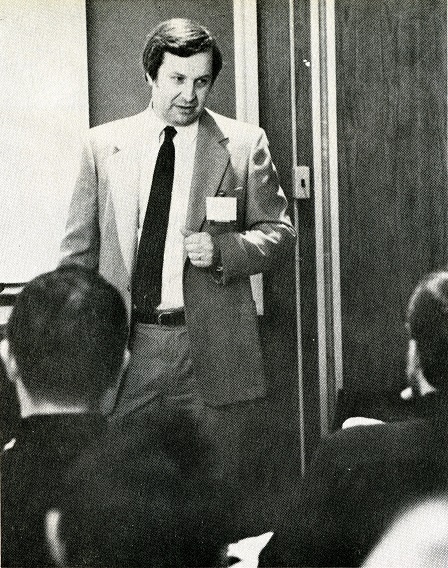
Lutman, 1981
|
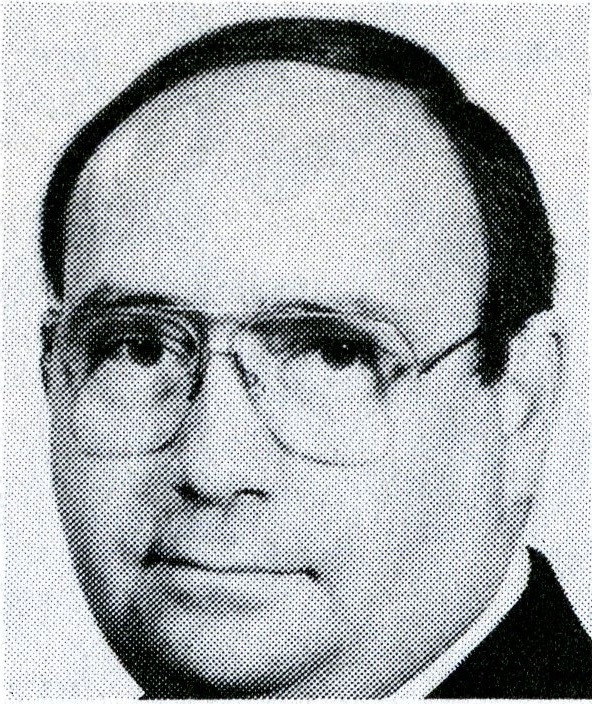
Francis, 1983
|
The engineers and scientists we sent to Moorestown and the Program Office knocked the socks off RCA and Aegis Program Office management. They really cemented our position and credibility in the larger world of Aegis.
We also built a data center at Dahlgren as a central library of sorts for all sorts of Aegis reference materials, e.g., the Aegis Weapon System’s specifications, test and evaluation plans. We had videos as well as documents. Kathy Sawdy and, later, Alice Hopkins ran the data center, both very enthusiastic and very competent. Their performance in that job led to one of the first demonstrations of our credibility with RADM Meyer. I recall we put a line item in one of our early budgets for the creation and operation of the data center. It was hundreds of thousands of dollars; big bucks back then, especially to an Aegis Program Office staff who didn’t think we were for real yet. They, the staff working the budgets, wanted to zero our request for data center funding. I went directly to RADM Meyer, around his staff, and explained how important it was to our learning process. He personally approved these big bucks, much to the chagrin of his staff. So we were on the hook to come through and demonstrate his trust in us! The data center staff demonstrated a phenomenal capability to many visitors, including RADM Meyer and program office staff. They were impressed, and we pretty much had continuous funding for the data center. Again, another small item, but one that went a long way to building our future in the Aegis Program because of the trust it engendered in the Aegis Program Office leadership. That trust expanded into many areas in the future.
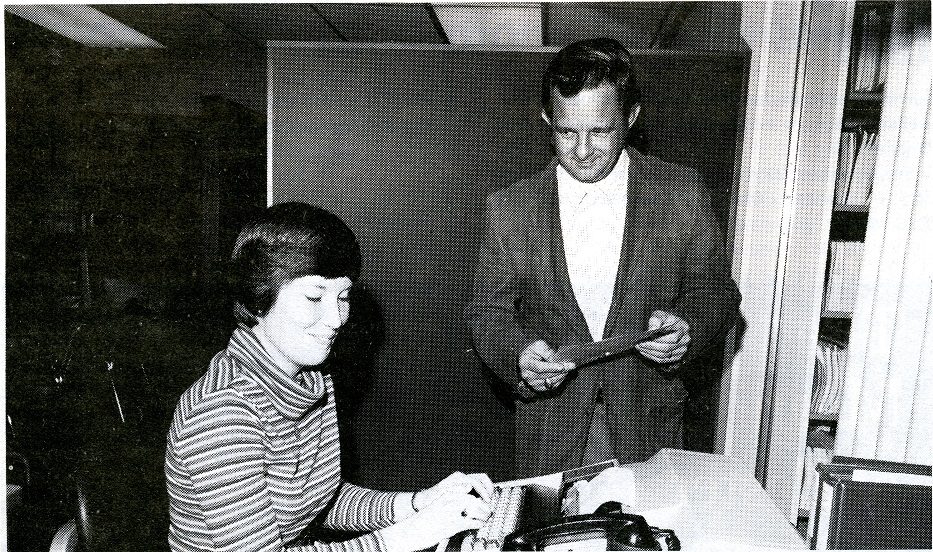
Kathy Sawdy retrieves Aegis Data on the Data Center’s computer terminal for Marion Connelly, NSWC Aegis Data Manager.
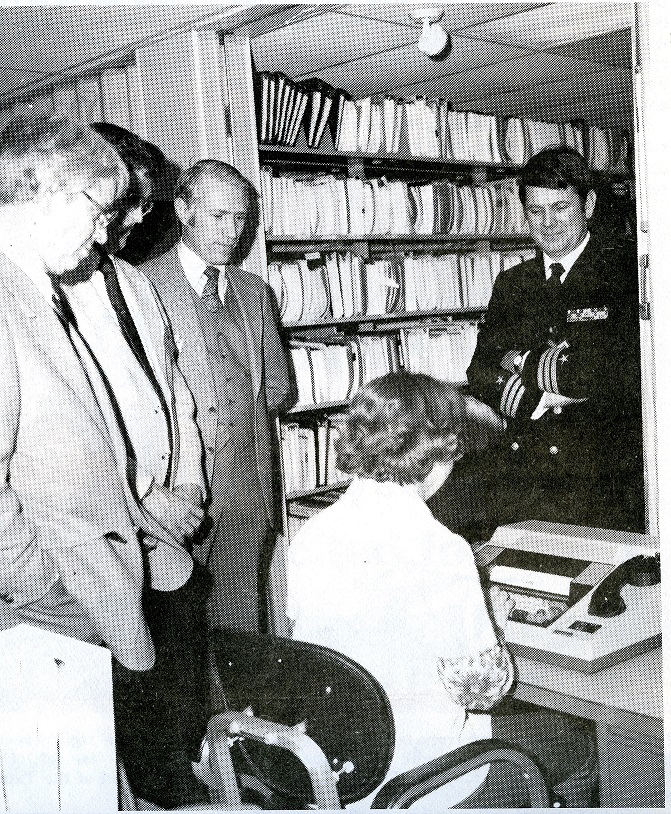
Alice Hopkins demonstrates data retrieval at the remote terminal in the Aegis Data Center for visiting PMS-400 and TECHREP officials.
**There was also the Aegis Orientation Center, which developed as a location for new Aegis employees and interested persons to rapidly familiarize themselves with Aegis. Each individual was provided the means to create a self-serviced, self-managed program of training relevant to their job, whether that was in Command and Decision, Weapons Control System, AN/SPY-A radar, or Interface Simulator System. The Orientation Center also housed several video training packages, covering such areas as Aegis computer programs USS Norton Sound (AVM 1) test data, combat system elements, and the Combat System Engineering Development Site. Deborah Rawlette served as the center’s director.
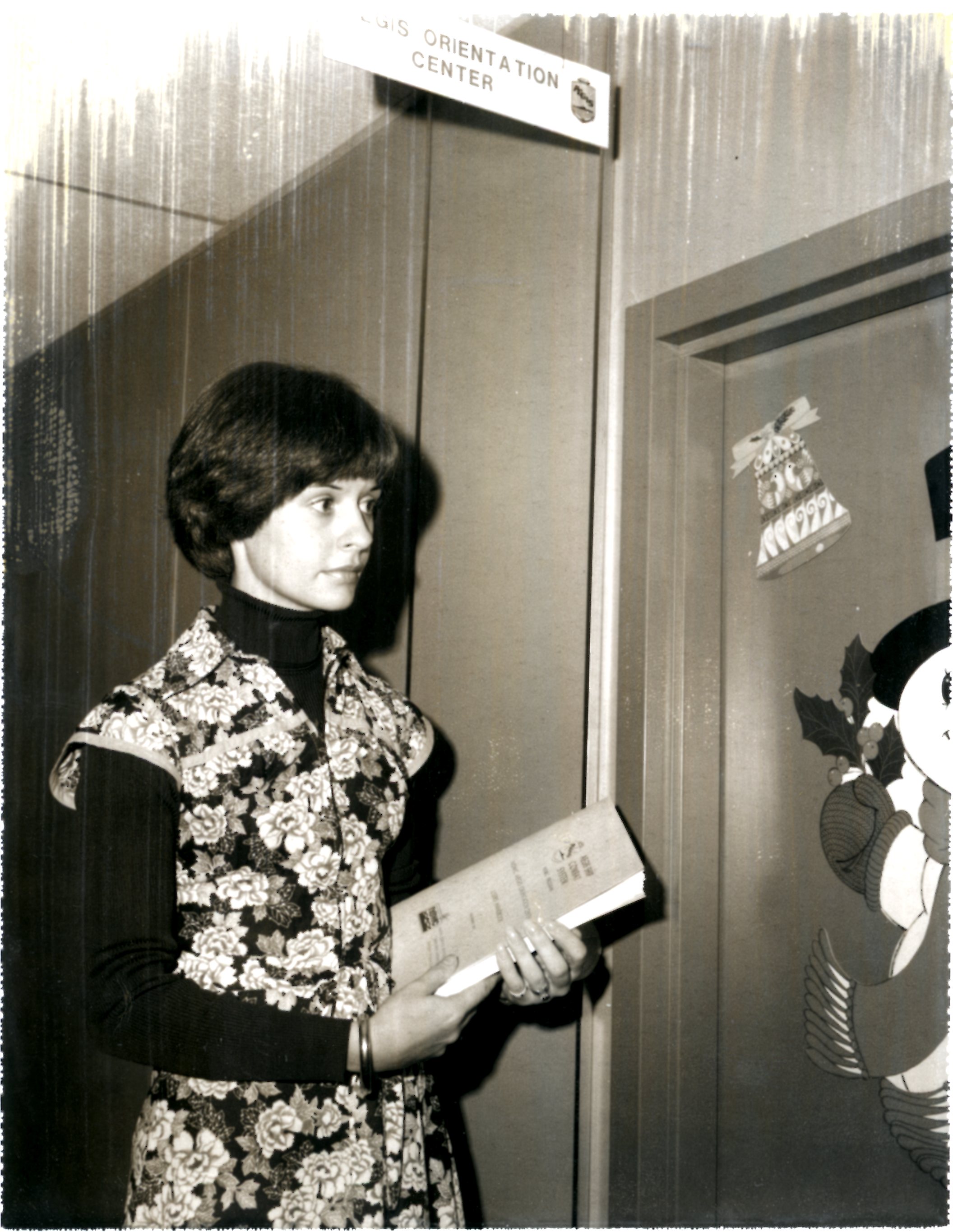
Debbie Rawlette, 1978
The Aegis Data Center and the Aegis Orientation Center combined with a DDG-X library in 1984 to form one Aegis Data Center, located in Building 1500.
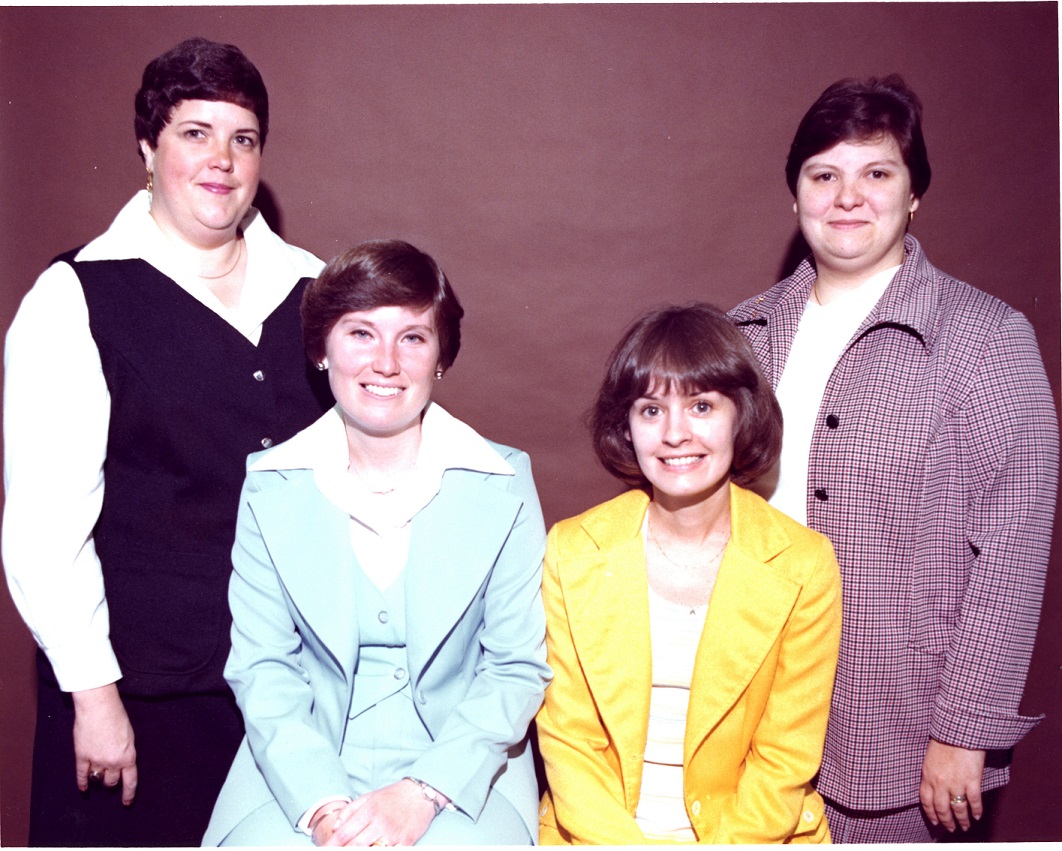
Aegis Orientation Center team. Left to right: Judy Jones, Kathy Sawdy, Deborah Rawlette, and Paula (from NAVESA)
Consistent with our strategy, we also sought out highly visible program office special assignments or projects, especially from RADM Meyer himself. One of the first of these was on the topic of circuit breakers in the AN/SPY-1A radar system. It turned out that, upon suffering a shock such as might be felt during operations with the enemy, many of the circuit breakers in the radar systems would trip. This was obviously a big problem. I was assigned to address this problem during one of the early Aegis Program reviews. I assigned Dick Frazer, one of our senior electrical engineers, this task. Well, I cannot say enough about the job Dick did on this. It was outstanding. And his work was very visible to both the program office and to RADM Meyer. Another bit of “concrete” poured in our foundation and credibility with the Aegis Program.
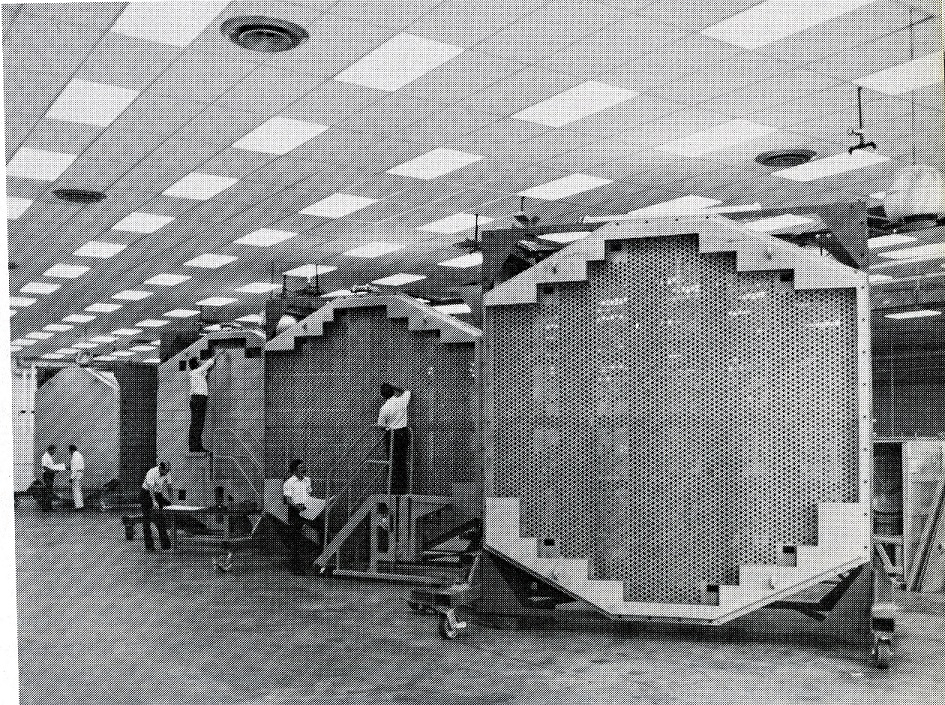
RCA Assembly of Aegis An-SPY1A radars, 1980
Early issues …
As can be well imagined, we were not lacking for issues and problems in starting the program at NSWC. I would say they could be lumped into four main areas: a) attracting and retaining employees; b) building trust within the larger Aegis Program; c) creating a long-term role for ourselves in the Aegis Program; and d) getting the Aegis facilities in place at NSWC.
Attracting and retaining employees was obviously critical to our success. Two main impediments were a lack of facilities and equipment at Dahlgren, and a lack of or limited knowledge about the system and the program by managers and supervisors; they knew the technology or scientific or engineering principles, but not as it applied to Aegis.
As I said earlier, we recruited many of our early senior personnel from other programs and departments at Dahlgren. The programs or projects they came from were for the most part mature: they usually had some equipment or laboratories or simulators or …. as part of their work. We had none of that! As a result, we went through several phases where we had significant numbers of these people wanting to transfer back to their original programs or projects because of this. Our attrition rates were pretty volatile in those days. It is really a credit to some of the senior people I mentioned earlier that were we able to get thought this period intact.
The other major issue regarding attracting and retaining employees was our general lack of knowledge and insight into the Aegis Program at large and the Aegis Weapon System in particular. New hires from college looked to their supervisors for leadership and management, which required, among other things, technical competence and knowledge of the work we were doing. We were all learning at the same time!
Creating a role for ourselves was a real challenge given our newness to the program and the existing cast of players and their roles. The idea of life support engineering was a new concept that included some in-service engineering of tactical computer programs, development, and prototyping, and looking at deployed and upcoming blocks of the system and the ships. The development of this concept was mainly due to the efforts of Jim Francis and Bob Gray as well as the senior leadership across the NSWC program. This work was done in concert with NSWC Port Hueneme. It was not without its speed bumps to say the least.
Getting Aegis facilities and equipment in place was critical on a range of fronts: from carrying out our newly defined role, to attracting and retaining employees, to executing our technical work. The Aegis Computer Center ended up at Dahlgren; and the Aegis Combat Systems Center, while originally planned for Dahlgren, ended up at Wallops Island. The person most responsible for our ability to get these facilities built, including wading through the complex and political process of military construction was Larry Kuty. Without him, we would not have been successful.
|
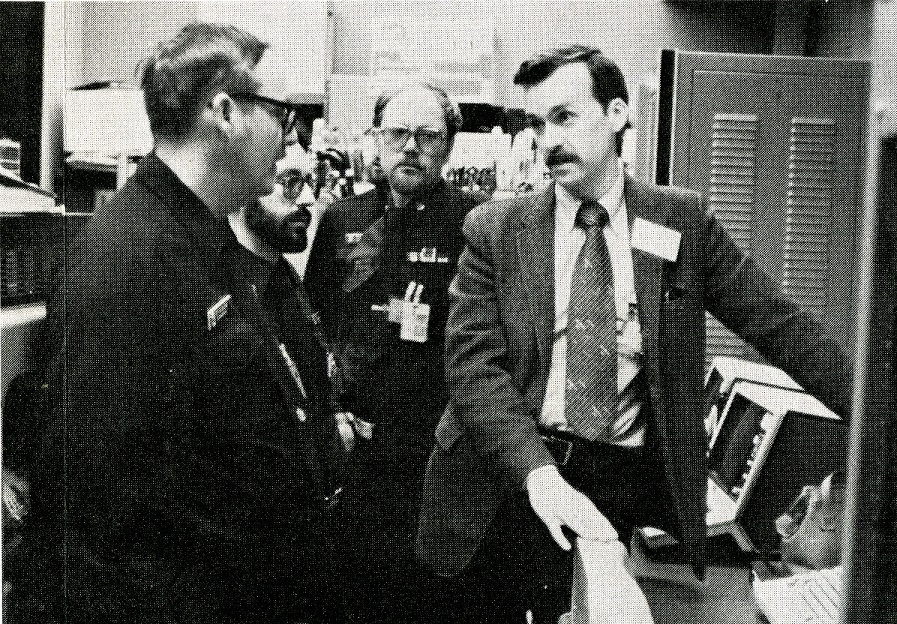
Kuty discusses the NSWC Link 11 tie line to other land-based test sites for an Aegis tour, 1981
|
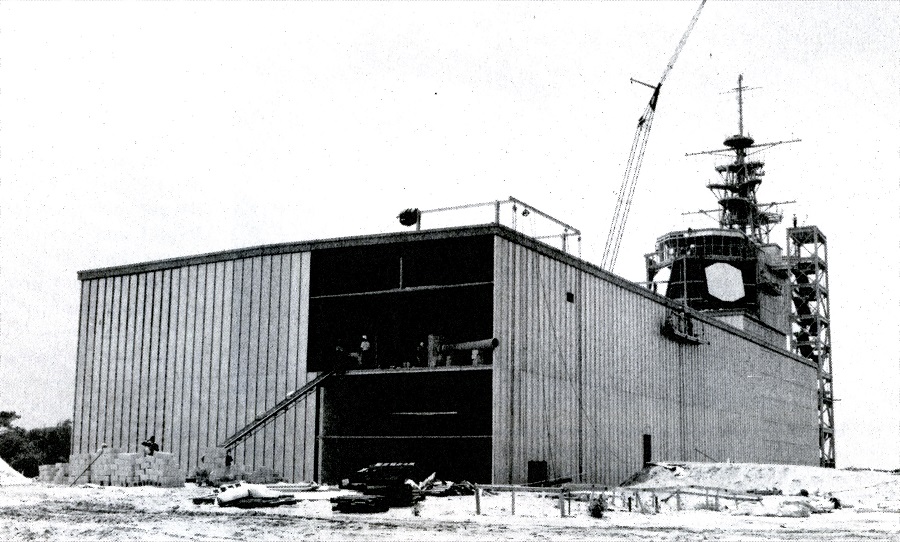
The Aegis Combat Systems Center, under construction, August 1984
|
After “the Beginning”…
The early days laid the foundation, in terms of people, competence, and credibility with the program office, organization, facilities, and momentum. Others followed me, and made the program at Dahlgren the success it has enjoyed over the decades. These individuals include but are not limited to Charlie Yarbrough, Reuben Pitts, and Dawn Murphy.
|
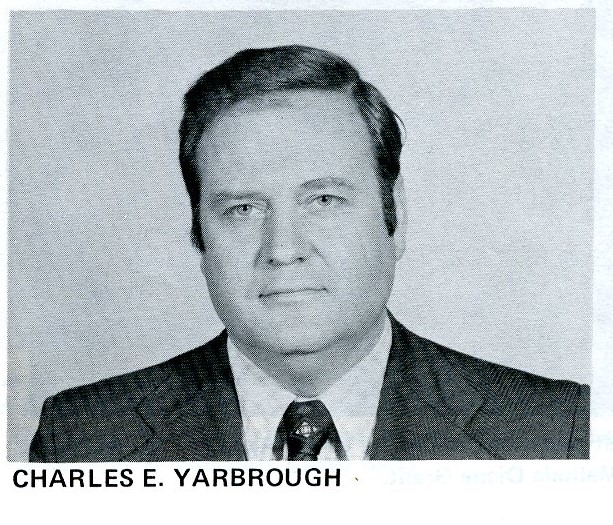
Yarbrough, 1976
|
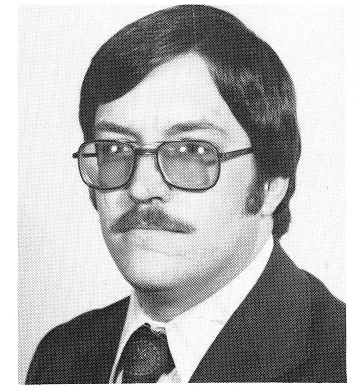
Pitts, 1981
|
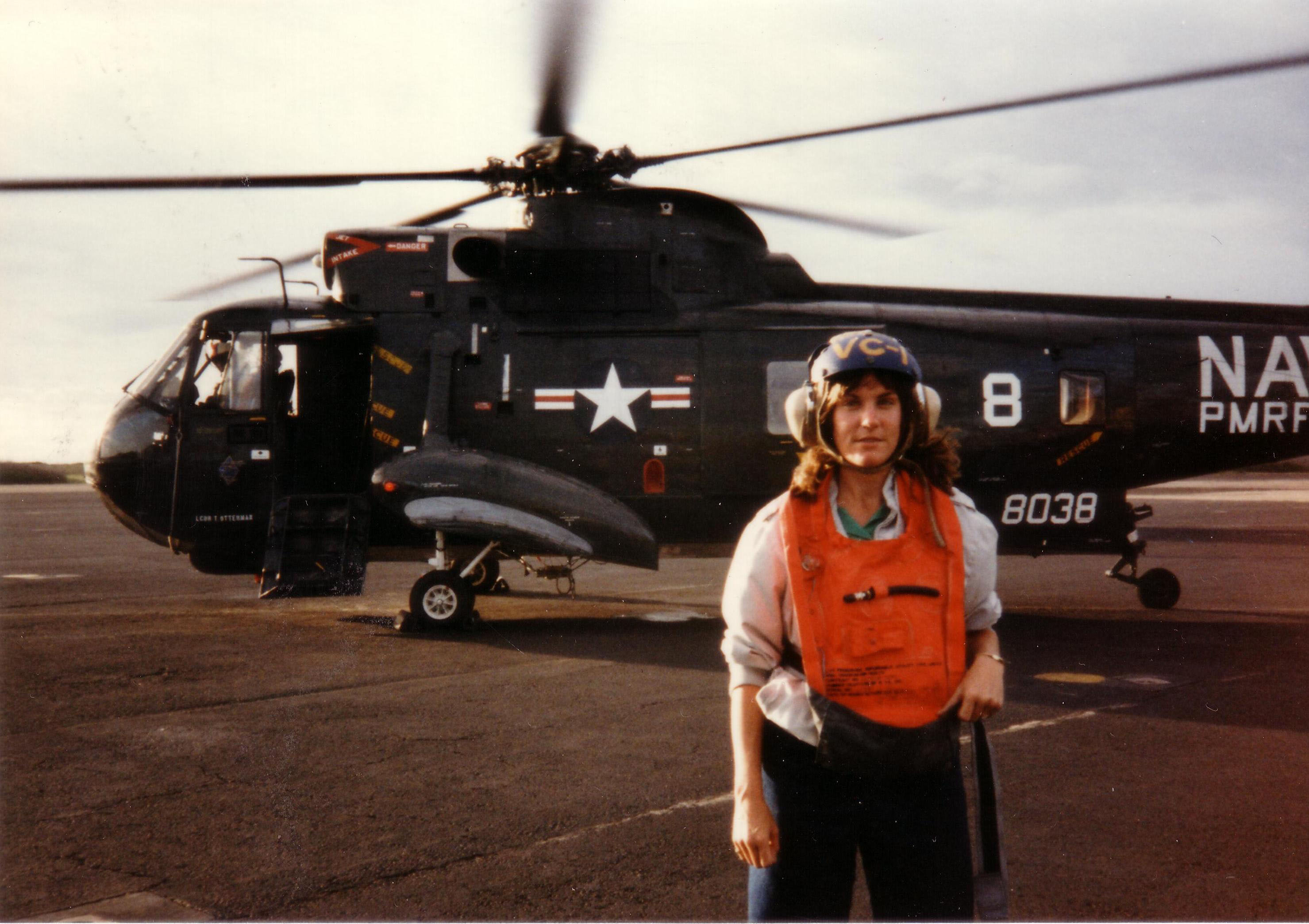
Murphy, 1986
|
Check out these other photos of early Aegis people and equipment.
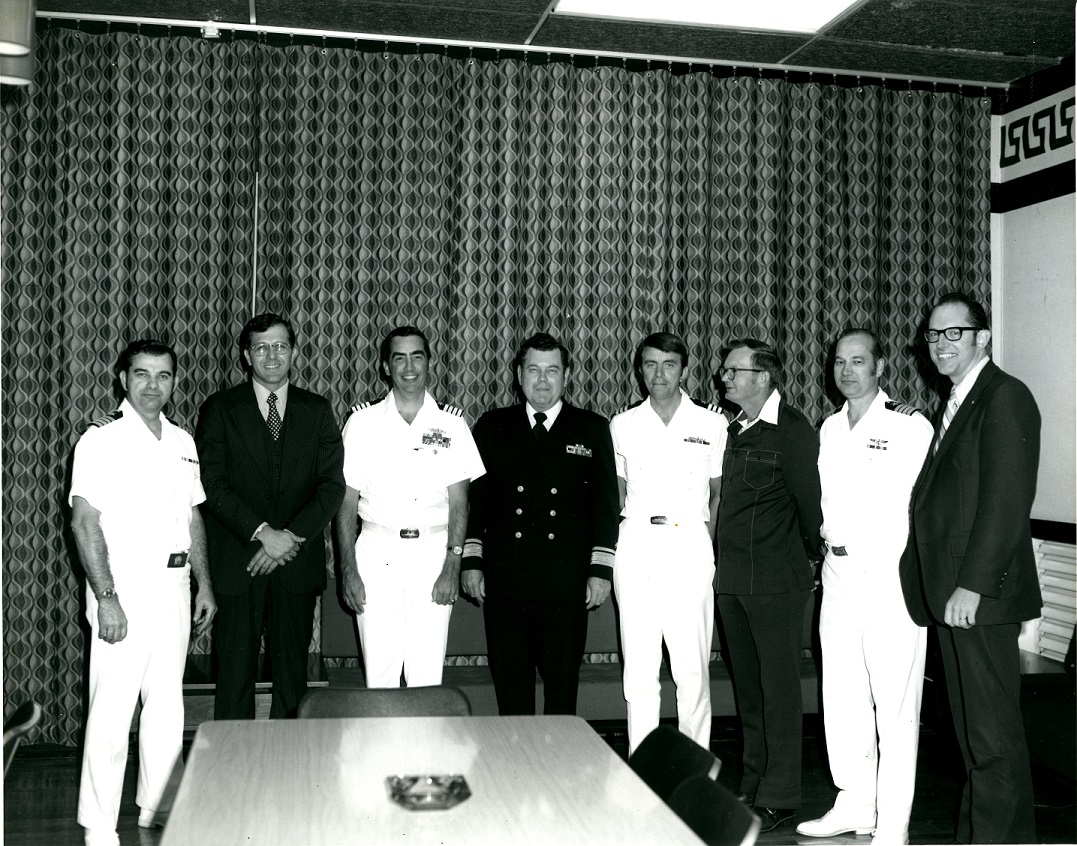
1976. Pictured, left to right, after the Aegis Combat Systems Lead Laboratory Program Review, are: CAPT Robert C. Beers, Manager, Aegis Weapon System; Dr. Thomas A. Clare, Head Aegis Combat Systems Division; CAPT Dwight M. Agnew, Jr. OIC and Asst. Commander; RADM Wayne E. Meyer, Project Manager, Aegis Combat Systems; CDR L. Todd Blades, Aegis Dahlgren Area Commander and Asst. Head, Combat Systems Integration Dept.; Mr. Colvard; CAPT Raymond D. Bennett, Aegis Deputy Project Manager, and Mr. David B. Colby, Head, Combat Systems Integration Department.
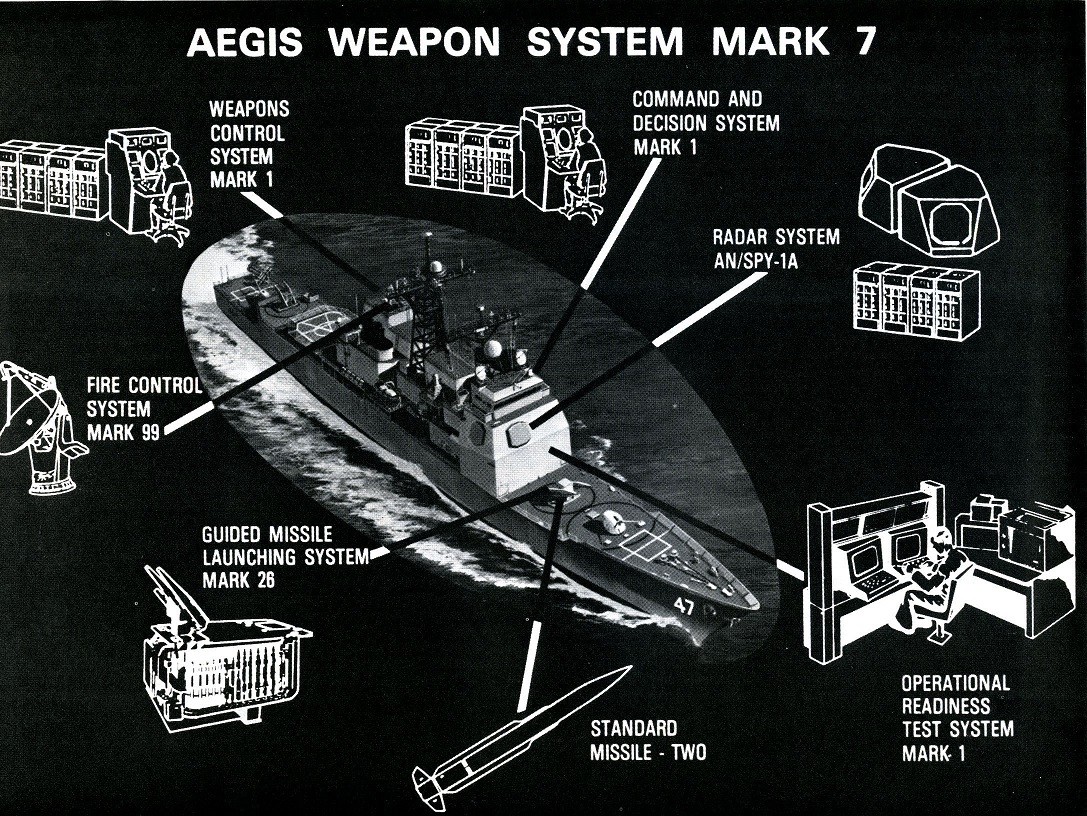
Aegis Weapons System Mark 7, 1980
.jpg?ver=2018-02-09-103639-660)
Ellen Gray, Jackie Hart, and Bob Sudo (left to right) in Computer Room, Command and Decision Weapons Control System area of the Aegis Computer Center, load Aegis tactical programs into computers as part of the evaluation process. Ultimately these programs were delivered to ships in the fleet. Also shown is Jim Clark of the Fire Control Group. 1984
.jpg?ver=2018-02-09-103639-410)
Karen Jackson, C&D element group member, performs testing aboard CG-47, 1984.
.jpg?ver=2018-02-09-103643-080)
Cyrus Hutchings (left) and Phil Herron conduct tour of Aegis Computer Center, 1984.
.jpg?ver=2018-02-09-103639-423)
Michael J. Kuchinski examines a 3-D diagram representing a portion of complex space that the heuristic algorithm is designed to search, 1984
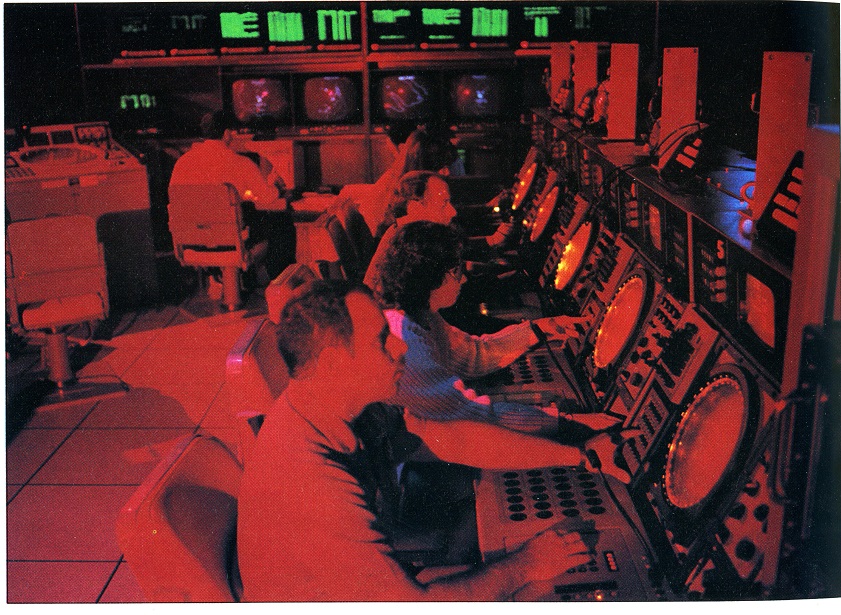
Programmers run a variety of tests on the Aegis system at the Dahlgren lab